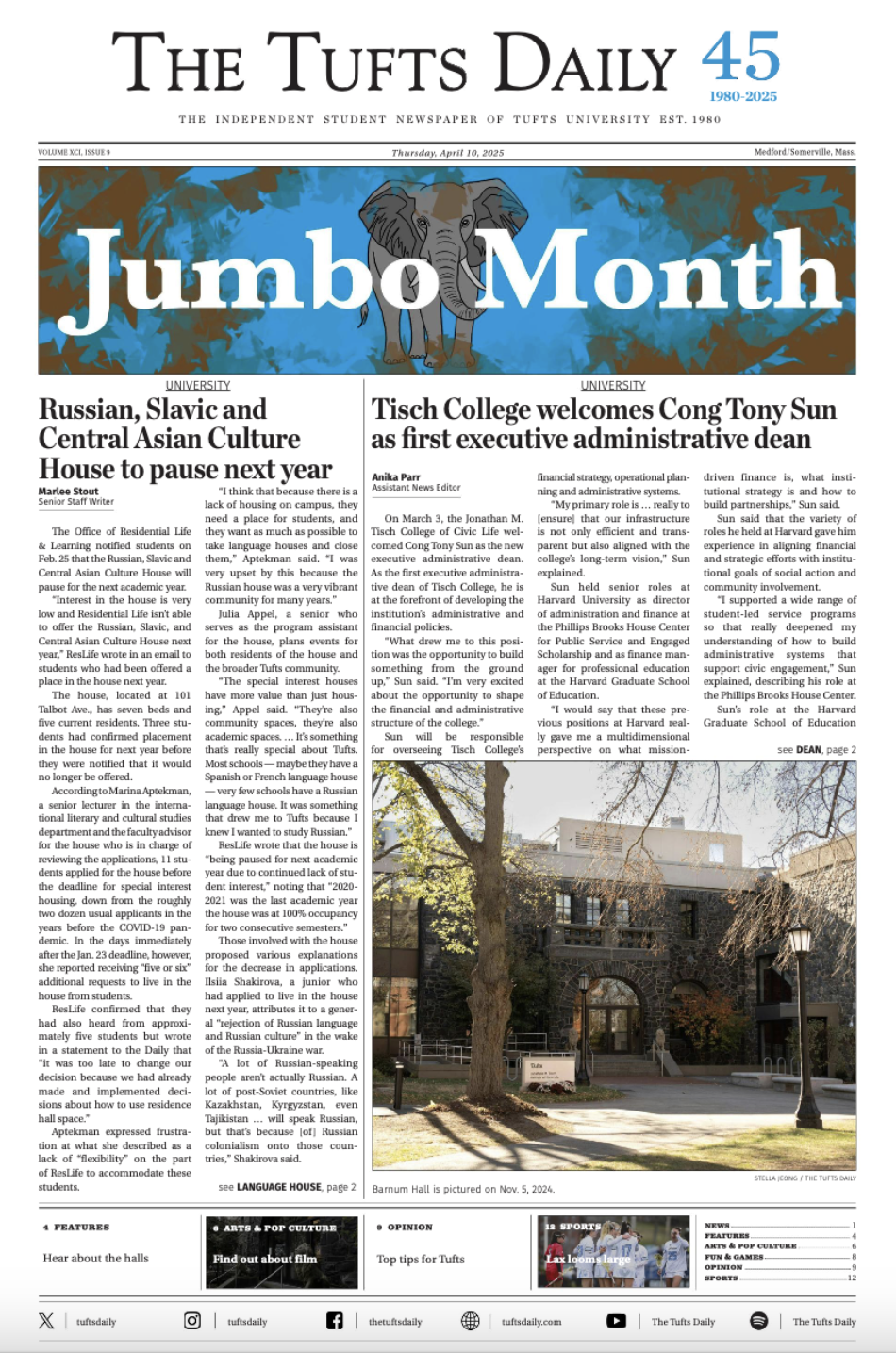In March 2024, after an unrelenting internship application season, I received a research position at a small non-profit organization in Boston. Desperate for any form of résumé-boosting work, I gladly accepted and planned my summer in the city. However, as my housing search began, my urban summer started to lose its appeal. Looking to sublet in Back Bay for a minimal commute, I quickly understood why it follows Seaport as one of the most expensive neighborhoods in the city. My rent filter on housing sites quickly jumped from “under $1,500” to “under $3,000,” and after months of searching, I finally secured an apartment in Back Bay for $2,500 — and a roommate to split the cost.
I subleased my apartment from a Boston University student and it was a grand total of 800 square feet — enough space for one bedroom, a very small kitchen and a closet-sized bathroom. Without financial support from my parents, I knew I would have to pick up a few more jobs to cover my share of the space. By the start of the summer, in addition to my research internship, I was working retail on Newbury Street and teaching at a private preschool in the South End to make ends meet.
As of September 2024, the average rent in Boston is a staggering $3,488 per month, which is 123% higher than the national rent price of $1,564 monthly. This dramatic expense disparity helps make Boston the third most expensive city to live in nationally. As such, Boston, a city that has been labeled an ‘education hub’ — with 64 colleges and universities across the metropolitan area — is often unaffordable to its students.
A 2024 CBS report states that a single adult needs to make $60.08 per hour, or roughly $124,966 yearly, to live in sustainable comfort in the city. The study defined “comfortable living” as 50% of a person’s salary attributed to leisure activities or personal savings, yet this comfortable lifestyle is not the reality for the majority of Boston residents. Among my three jobs, my salaries collectively averaged out to $45 an hour, which was exactly enough to cover my rent and groceries for the month. Without that extra 50% of my salary to cushion my expenditures, my summer lifestyle was less than comfortable.
As one of the 400,000 students enrolled in undergraduate and graduate programs across metropolitan Boston, I was competing in the deadliest of rental thunderdomes, where on top of living expenses, availability is also at the core of the city’s housing crisis. Boston’s housing vacancy rate sits at 0.37%. This is staggeringly low, especially when compared to a healthy vacancy rate of 6%, which allows tenants some negotiation room and ensures stability in the available housing stock. With a concentrated student population throughout Allston, Fenway, Brighton and Mission Hill, pressure is applied to these rental markets, contributing to decreased vacancy rates and reduced affordable housing for low-income families.
This issue is not just reserved for Boston’s city limits. Even on our own campus, Tufts students struggle to find their own affordable housing and are inadvertently hurting local Medford and Somerville residents in the process. Somerville’s mayor, Katjana Ballantyne, stated that groups of students “compete against families and other individuals and working adults who are trying to find housing,” putting the blame on Tufts for inflating housing competition due to a lack of campus housing options. Roughly 33% of Tufts’ undergraduate student body lives off-campus, often motivated by cheaper rent in comparison to university room and board expenses.
In an effort to reduce the competition in the housing market, many universities, including Tufts, are investing in new campus housing developments. However, in urban campuses such as Boston University and Northeastern University, means of expansion are limited and costly. From the high cost of building to local opposition to campus development, many schools are faced with the pressing challenge of creating more available and affordable housing. In 2023, Mayor Michelle Wu launched a new Residential Conversion Program to incentivize the conversion of underutilized office buildings in Downtown into residential spaces to combat Boston housing issues and lower the city’s cost of living. In a joint effort by the Boston Planning and Development Agency and the Boston Finance Cabinet, Mayor Wu stated, “We must take every possible action to create more housing and more affordability so that Boston’s growth meets the needs of current and future residents.” Aligned with that goal, in June 2024, the state offered $15 million in funding to incentivize large-scale office buildings to convert into more affordable housing for low-income families and post-graduate students.
As the city and universities work toward affordable housing, I have hope that my next rental search will be less strenuous and far less expensive. Universities have an obligation to their students to not only provide more affordable, on-campus housing but also to work with the city to mitigate the effect that college housing has on local rental competition for lower-income residents. With top-tier education, entertainment and industries rich with opportunity, Boston deserves to be a city economically inviting to all, including their students.






